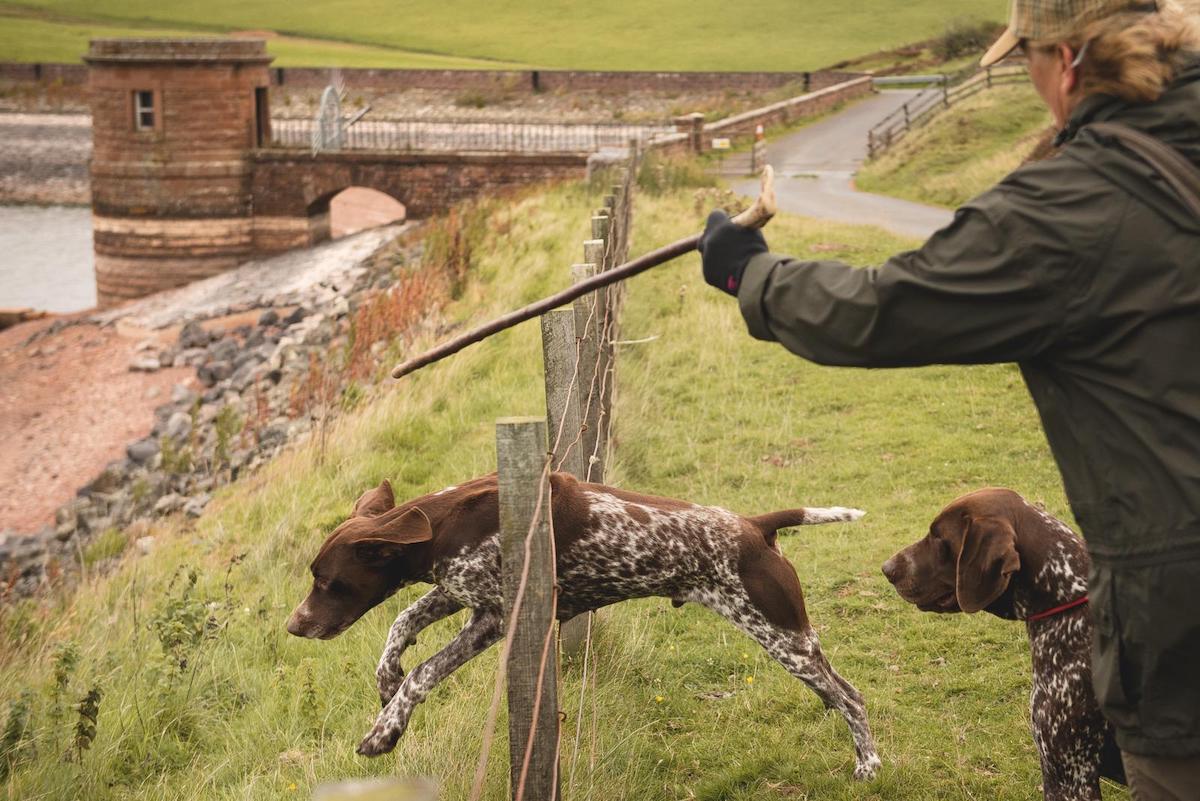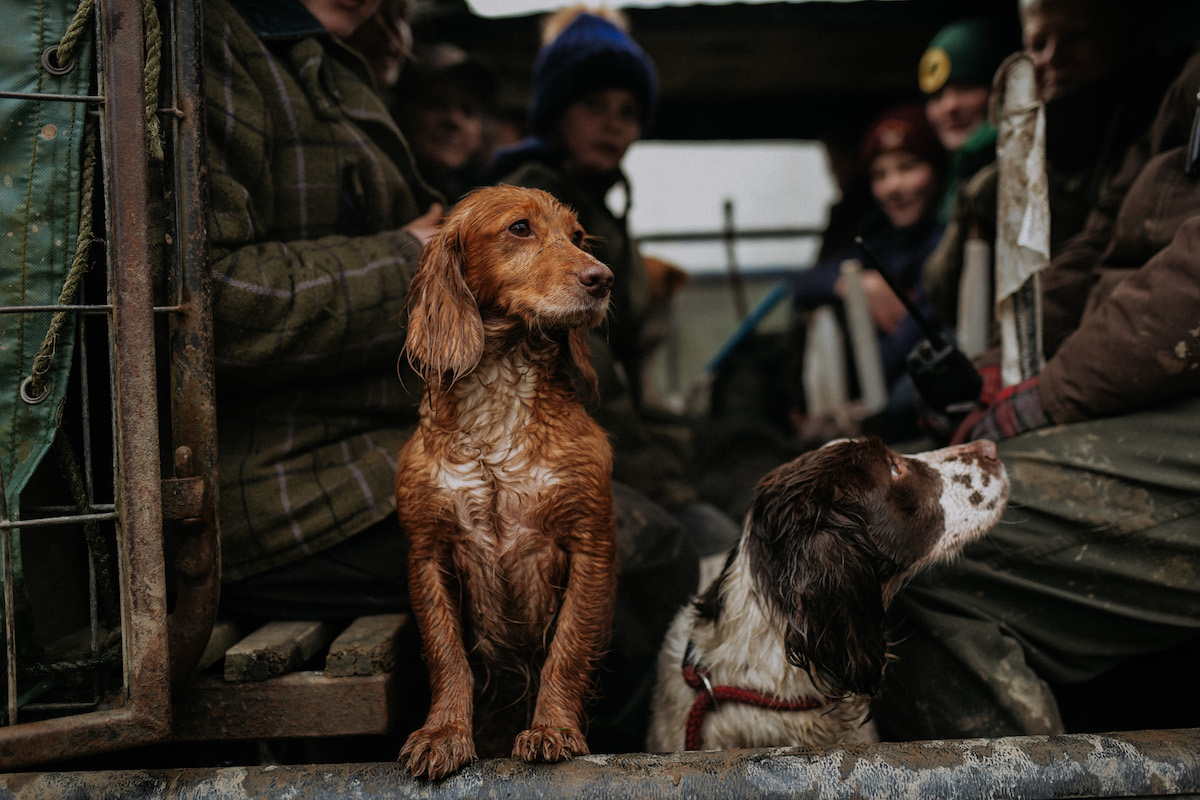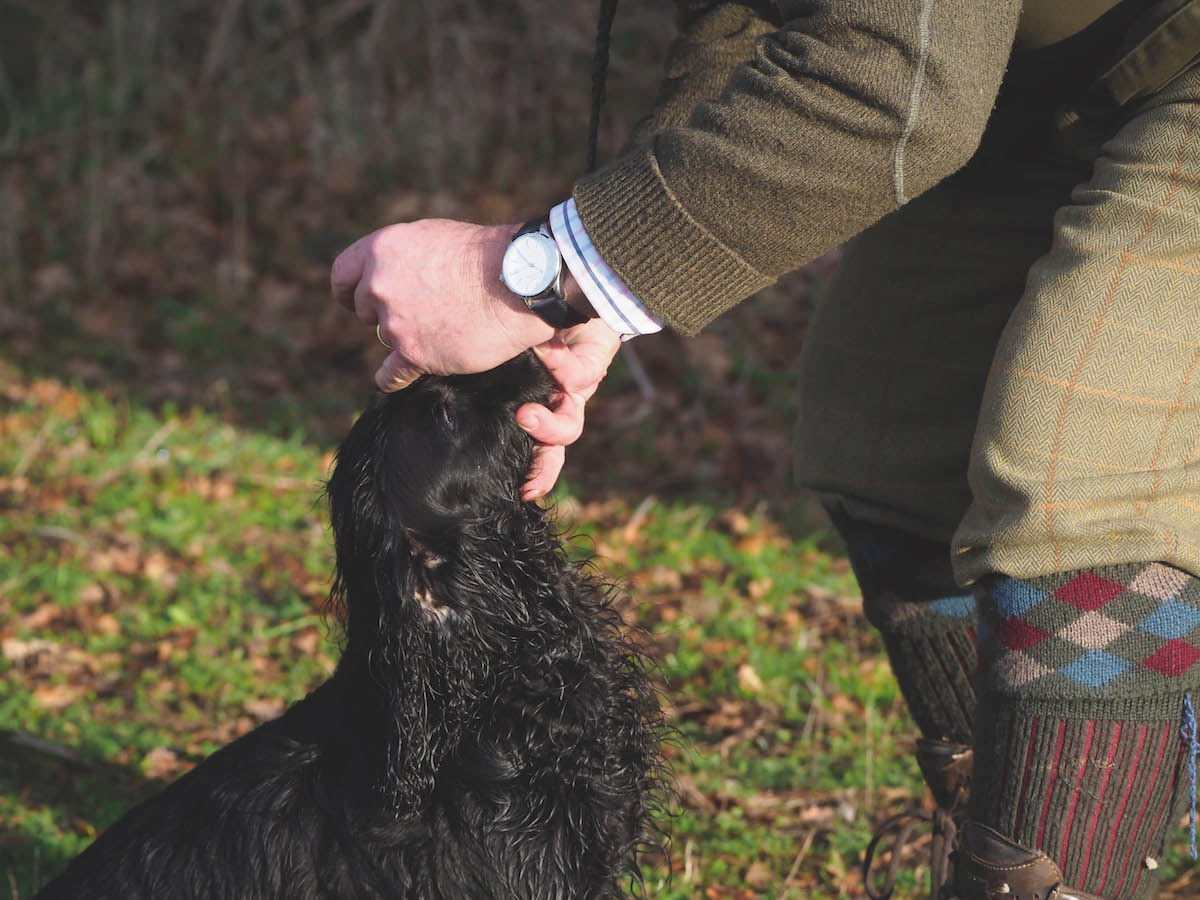Advice on spaying gundogs
David Tomlinson has kept bitches for 30 years but feels there’s no easy answer when it comes to spaying and health issues

To spay or not to spay? It’s a question that faces most of us who own or work bitches, and it’s one that I’ve changed my mind on in recent years. I have kept bitches exclusively for more than 30 years — I’ve got nothing against dogs, but in a two-spaniel household keeping a pair of the same sex has been the sensible option.
My first springer bitch was never bred from, never suffered from mammary tumours, and lived well past her 13th birthday. However, in her latter years she suffered from phantom pregnancies, which are not uncommon in un-neutered bitches. Nobody knows what causes the problem, but it’s thought to be a hormonal imbalance.
The symptoms become evident a couple of months after the bitch has been in season, with the animal displaying enlarged mammary glands, restlessness and even loss of appetite. Most get over it after a couple of weeks or so, but if it happens during the shooting season the bitch is unlikely to want to work,and in the worst cases veterinary treatment is essential.
Lumps and tumours
My next springer bitch was bred from and never suffered phantom pregnancies, but did develop cancerous mammary tumours in her later years and underwent a couple of operations to have these removed. This was following veterinary advice but, in hindsight, I’m not convinced that the operations were a good idea. I’ve known many older bitches that have developed mammary lumps or tumours, and the animals that have survived the longest seem to have been those that weren’t operated on. Of course, all cases are different, and it is best to follow veterinary advice, but this is a case where a second opinion is worth seeking. My bitch lived until she was 11, but life was becoming a struggle so I reluctantly had her put down.
Both benign and malignant tumours of the mammary glands are common in older bitches, especially unspayed animals over the age of 10, but they can appear at any age. Some breeds suffer more than others and, of the gundogs, English springers, cockers, pointers, English setters and Brittanys are all particularly vulnerable. The tumours appear in the form of a lump under the skin. If they can be moved freely then they are likely to be benign, but those that are fixed tend to be malignant or cancerous. They are usually slow- growing, particularly in older dogs and for this reason many vets are reluctant to remove them from old animals.
Even the experts aren’t sure what causes some dogs to develop lumps and others not, but it’s probably something to do with the genes. Curiously, one bitch from a litter may develop lumps, but her litter sisters may remain lump-free. It’s worth noting that males can also develop similar lumps, though this is much rarer. It is also bad news, as few recover.
Spaying gundogs – when is the right time?
There’s only one sure way to prevent your bitch developing mammary tumours: have her spayed at around six months. Veterinary advice used to be to have a bitch spayed after her second season, but these days most vets suggest that it’s best to operate on young animals before their first season. I had my bitch Rowan spayed at the age of four when she developed a mammary tumour. The latter proved to be benign, but as I had no plans to breed from her it seemed sensible to have her spayed at the same time as the lump was removed. Four years on, there has been no recurrence.
Her mother, Fleur, has been fortunate enough never to have suffered from any lumps, but in late July my wife, Jan, spotted a dark-brown discharge on Fleur’s bed. Jan suspected pyometra, a nasty infection of the uterus that can be fatal, so an hour later Fleur was in the vet’s surgery for an examination. The vet confirmed Jan’s diagnosis, so Fleur stayed at the surgery for an emergency spaying operation.
Incidentally, pyometra is unusual in bitches that have had puppies, so perhaps she was unlucky. Spaying is a serious operation, and isn’t recommended for dogs that are overweight or unfit. Fortunately, Fleur was neither of these, and we had noticed the disease before it started to affect her. So, just short of her 13th birthday, she was spayed. She never lost her appetite, even on the evening she came home from the surgery, and within a day or two had regained her old zest for life, though until her stitches were removed 10 days later she was only allowed exercise on a lead.
It doesn’t make economic sense to spay a bitch as old as Fleur, as it’s expensive. However, she’s a much-loved member of the family and fortunately I could afford to pay the bill without worrying about it too much. However, I will certainly have any future bitches of mine spayed when they are still young, as I’m now convinced that it makes sense.
The chief disadvantage of having a bitch spayed is that the animal is then more prone to put on weight. However, this is something you can control and is a small price to pay for the fact that you don’t have to worry about your dog coming into season at inconvenient times, or any problems with unwanted pregnancies. Neutered dogs are barred from entering dog shows, but they are welcome to enter field trials.








